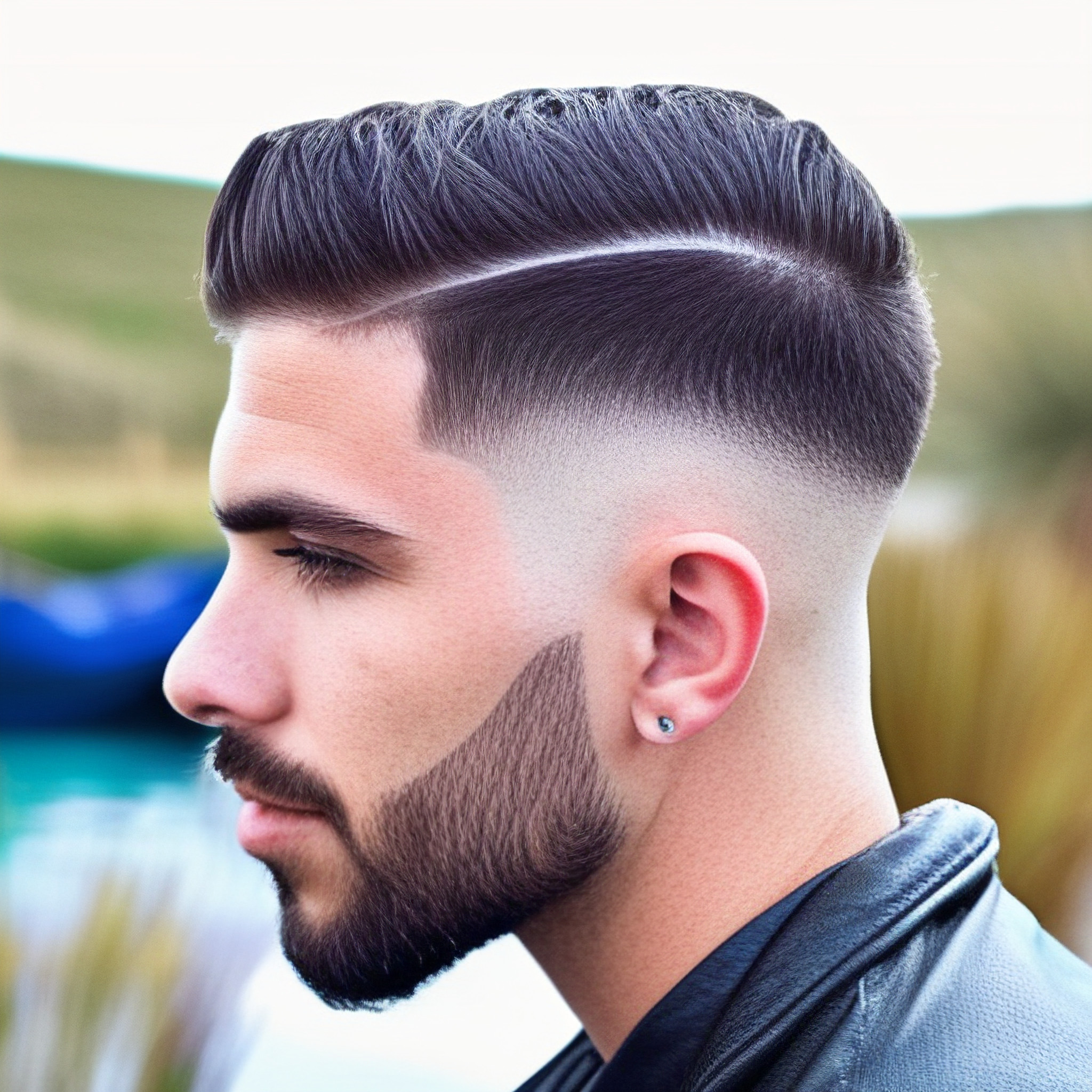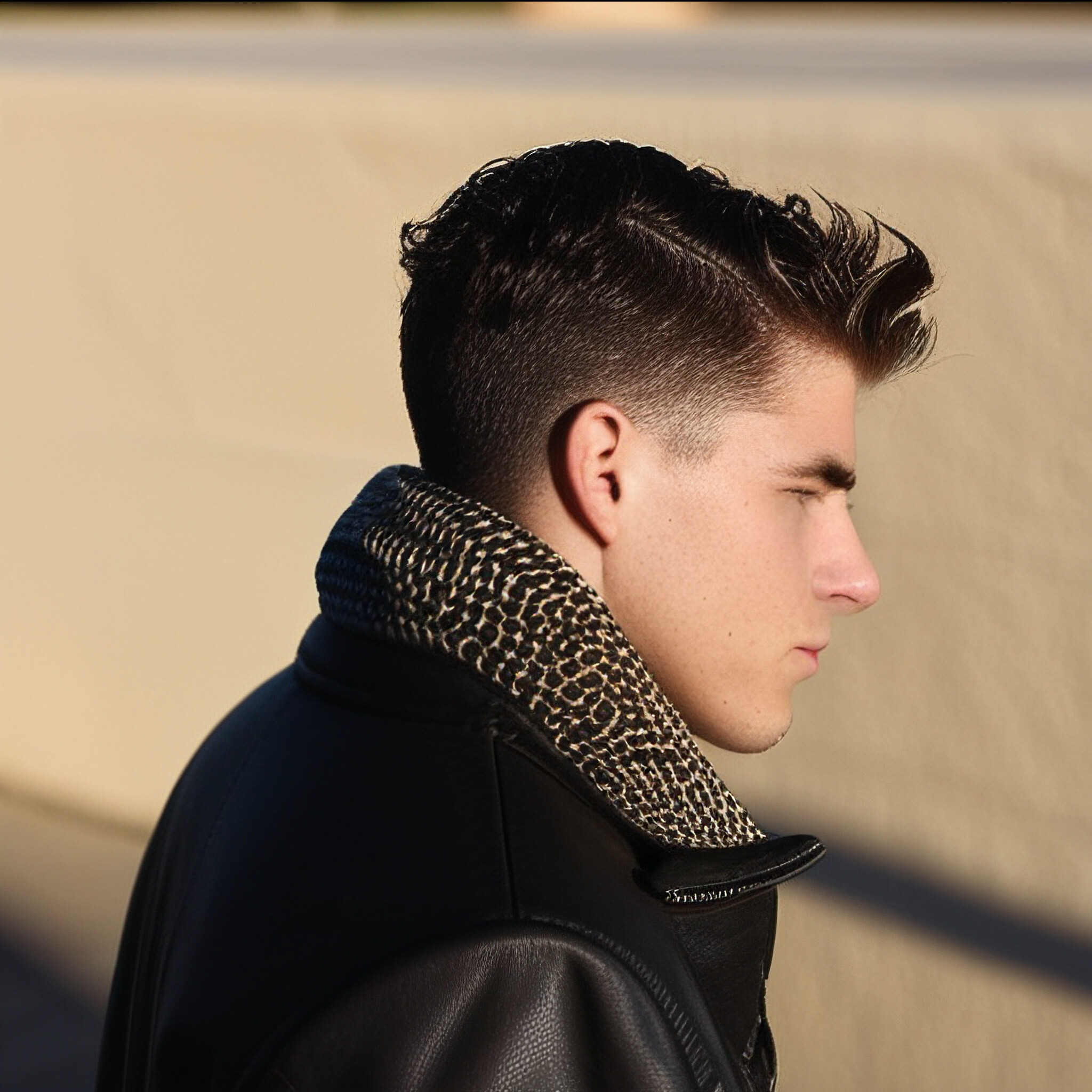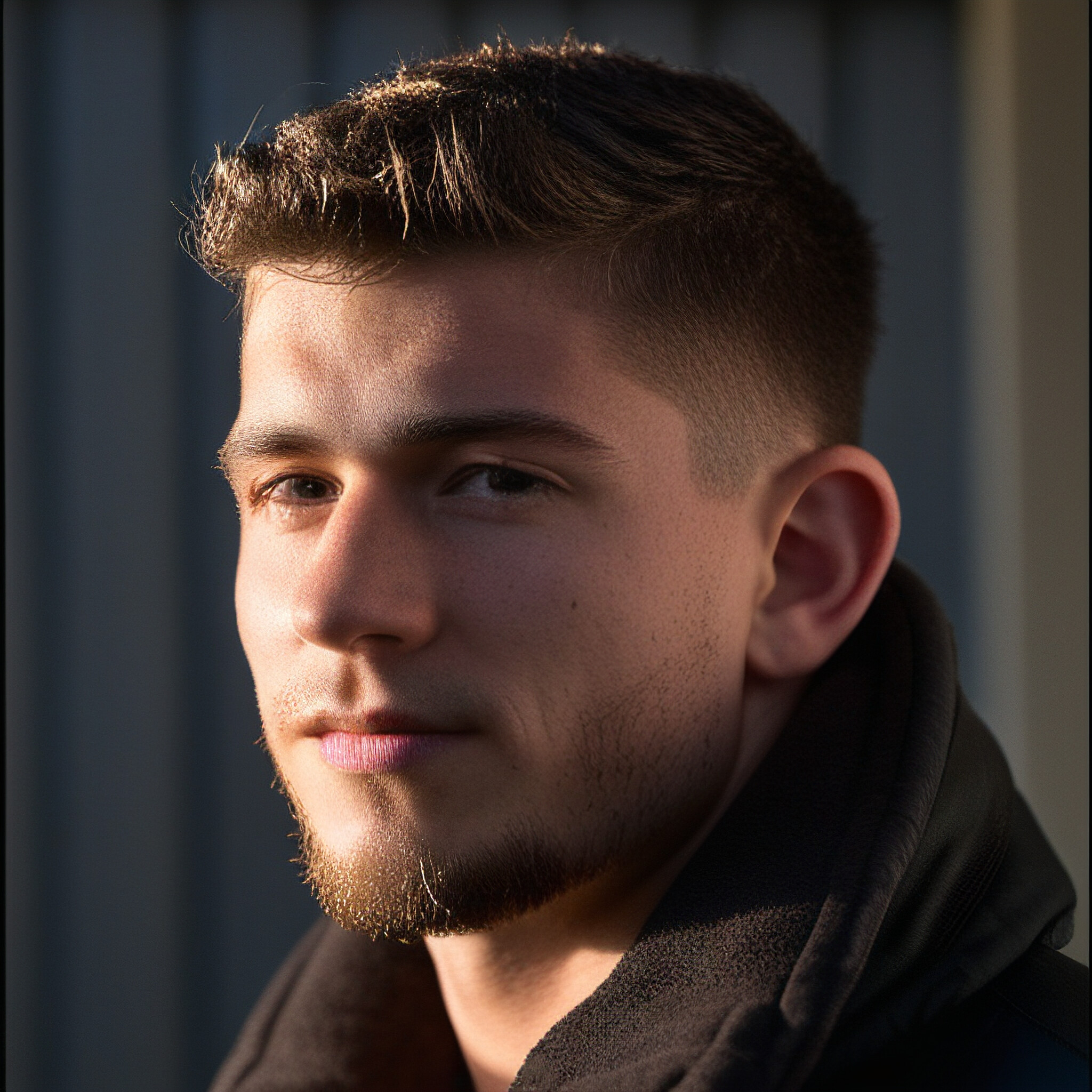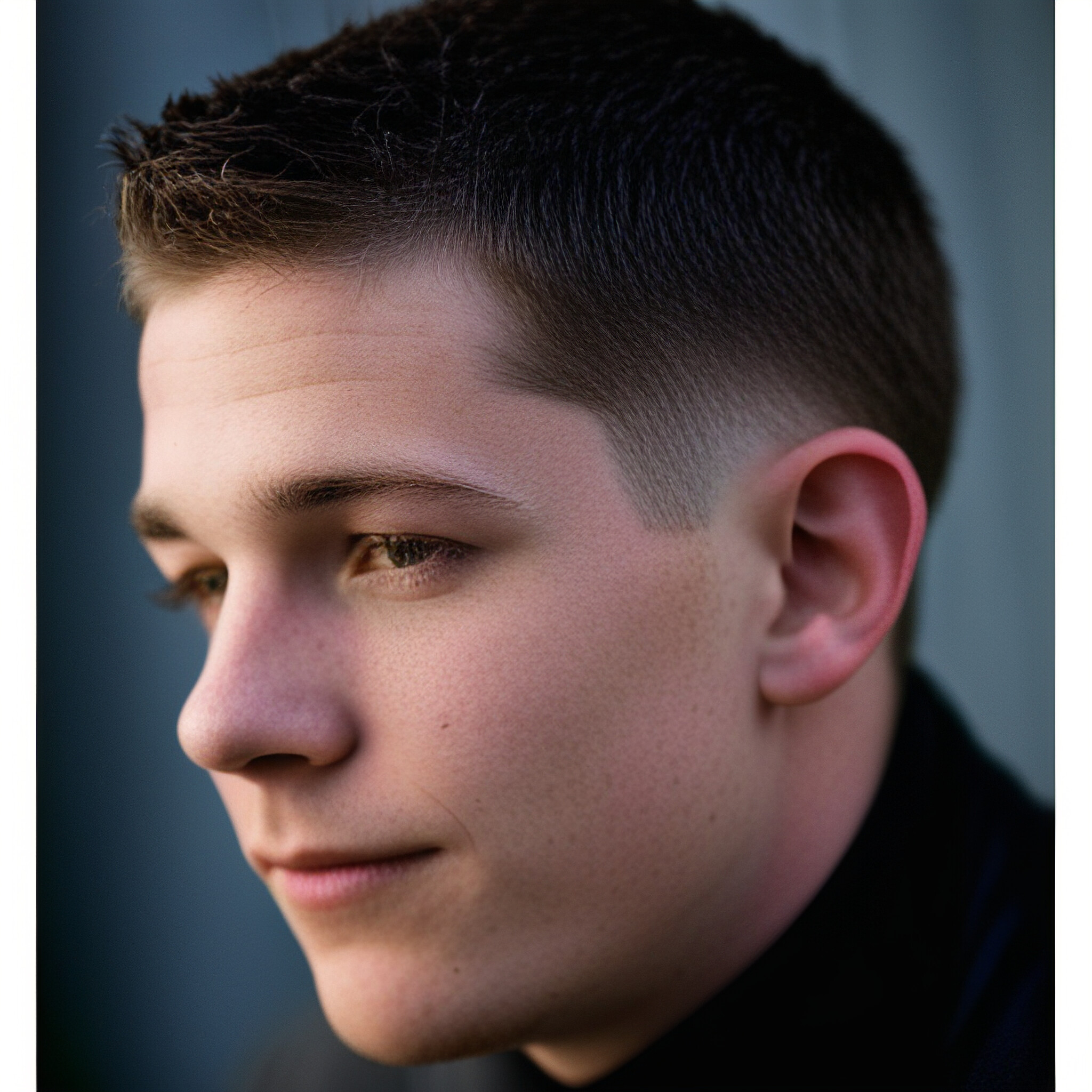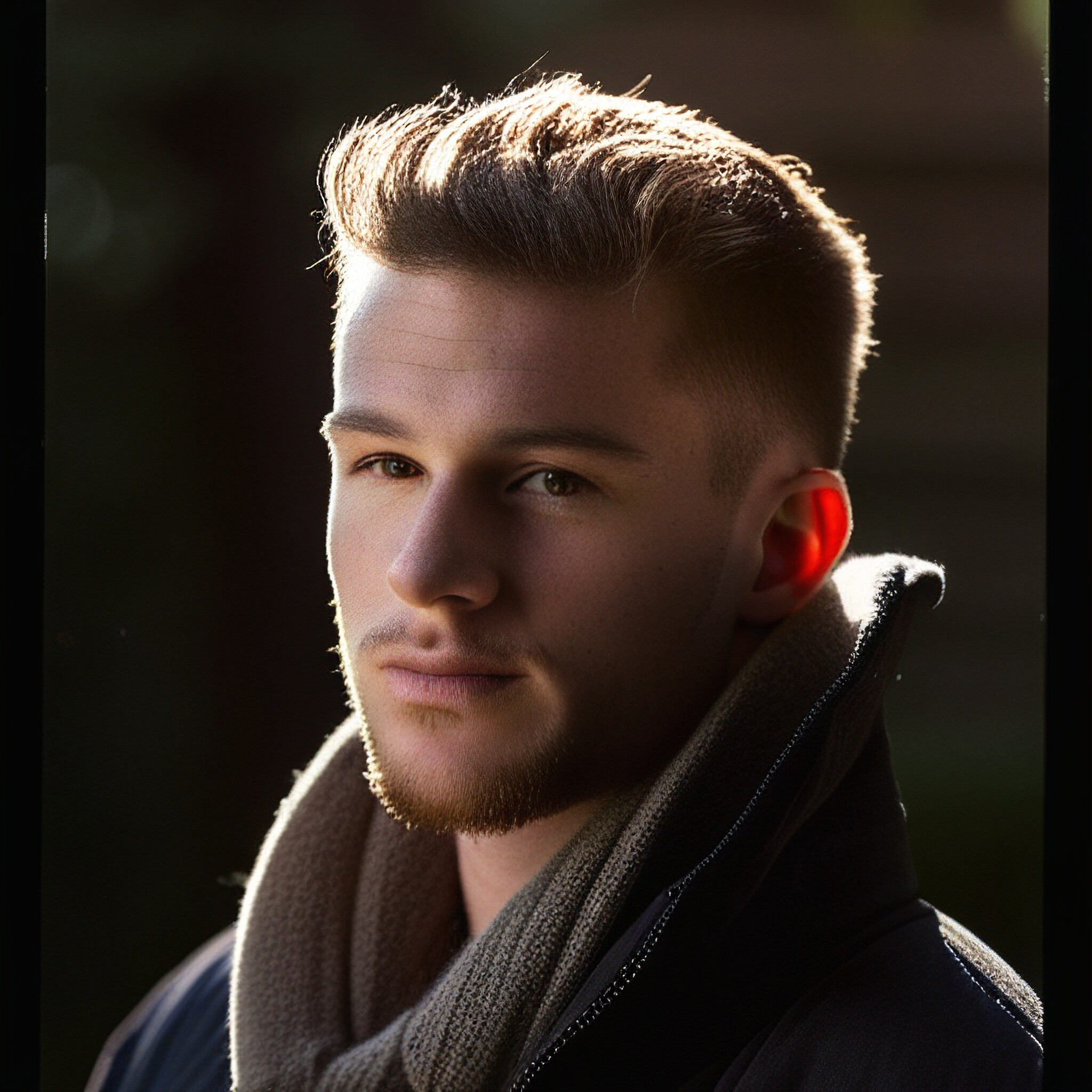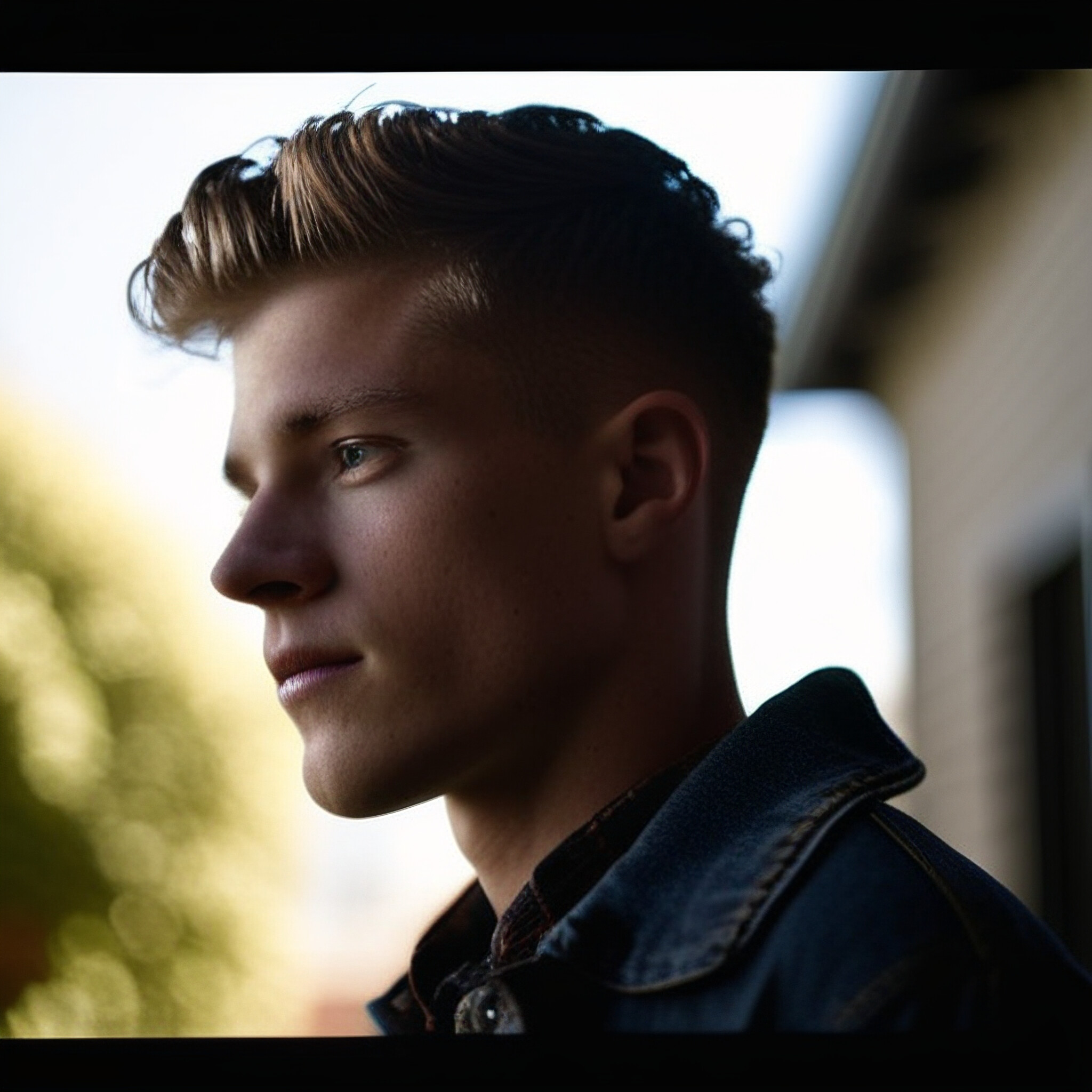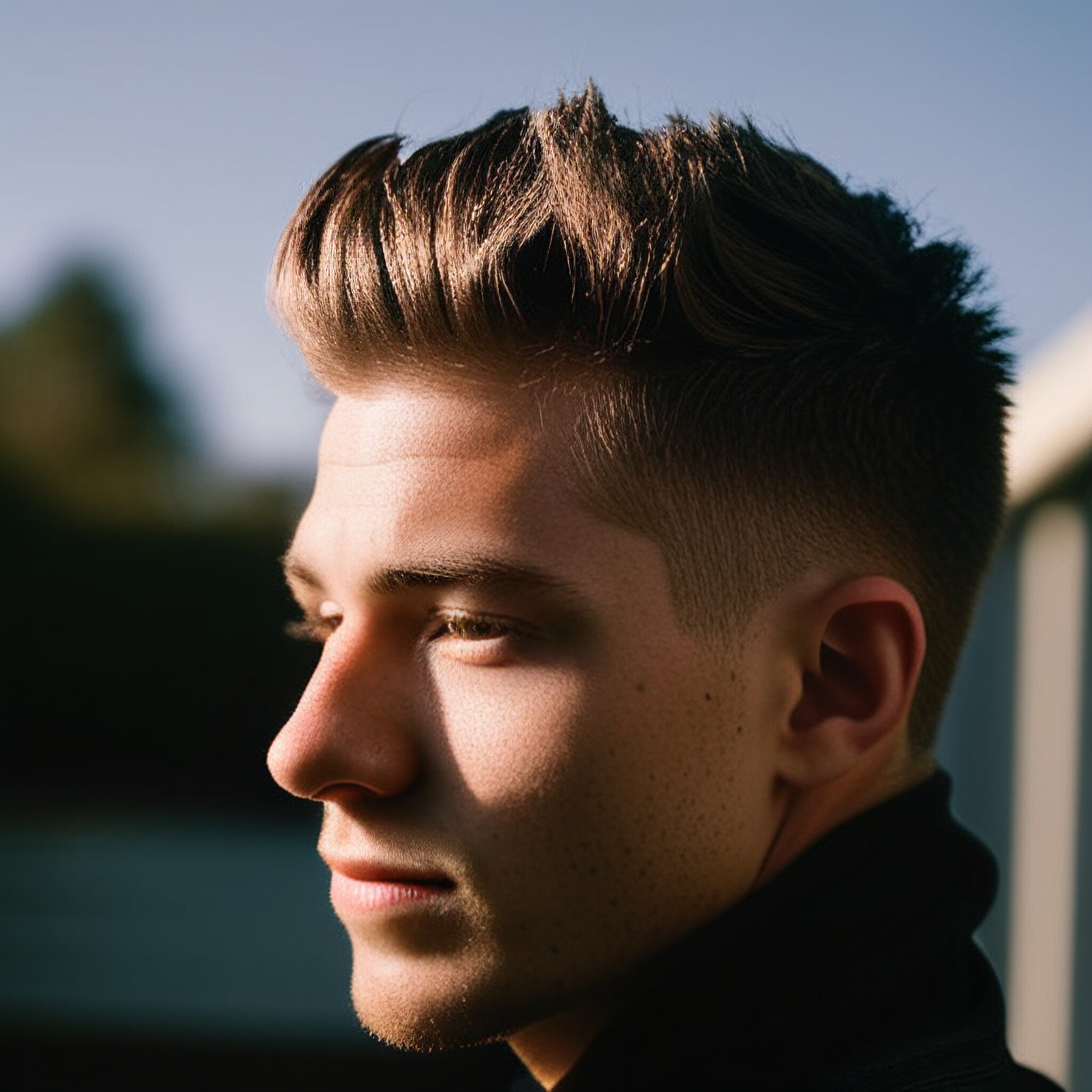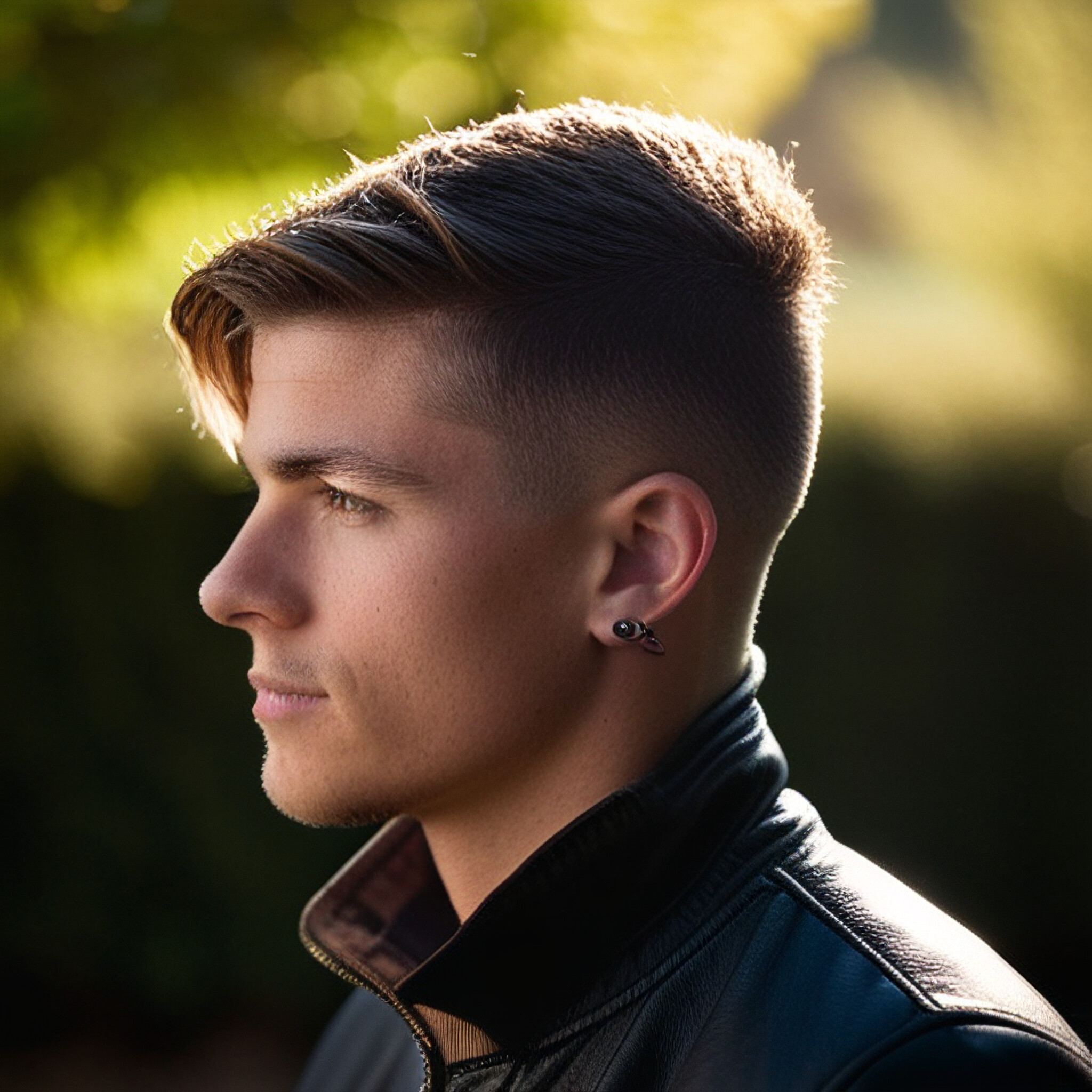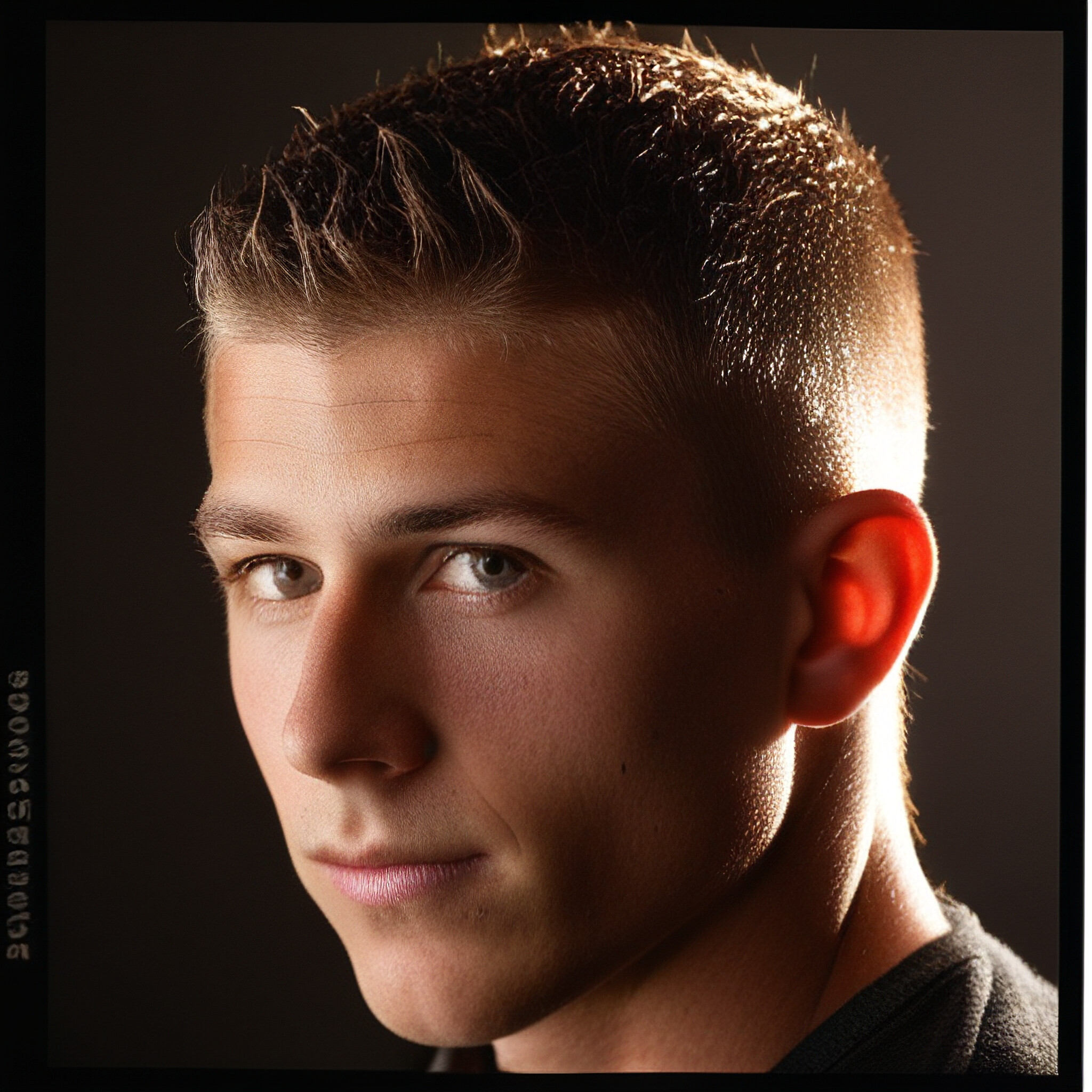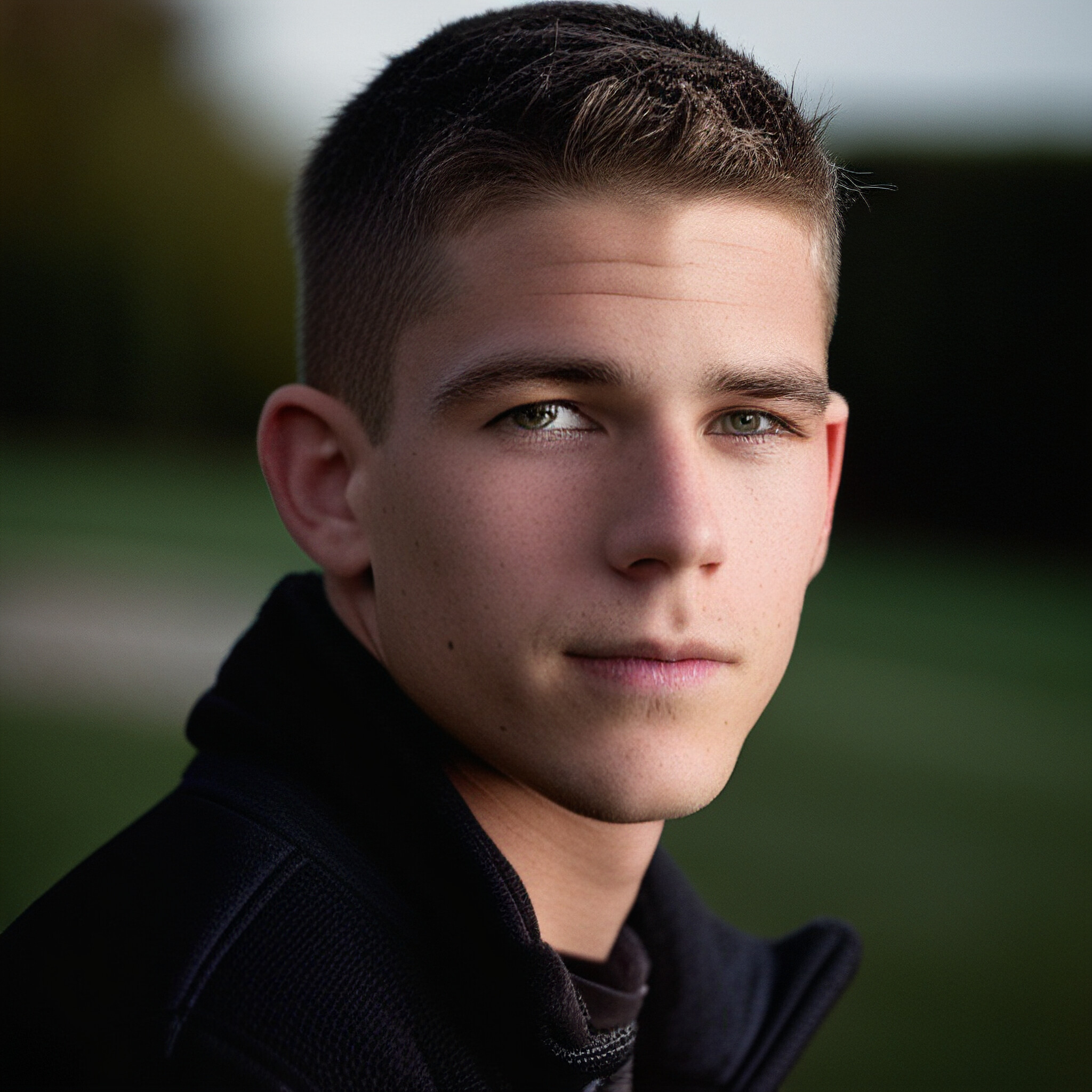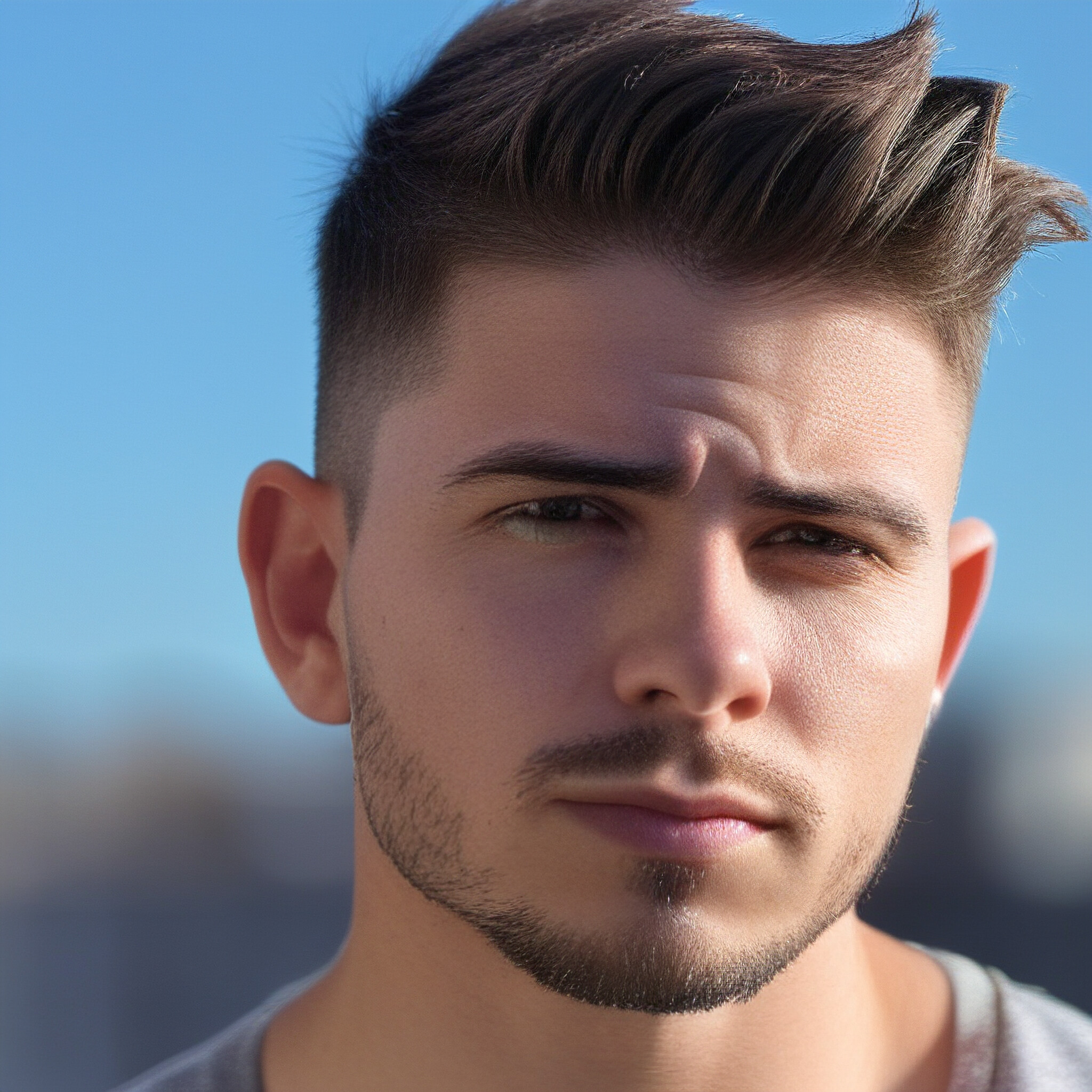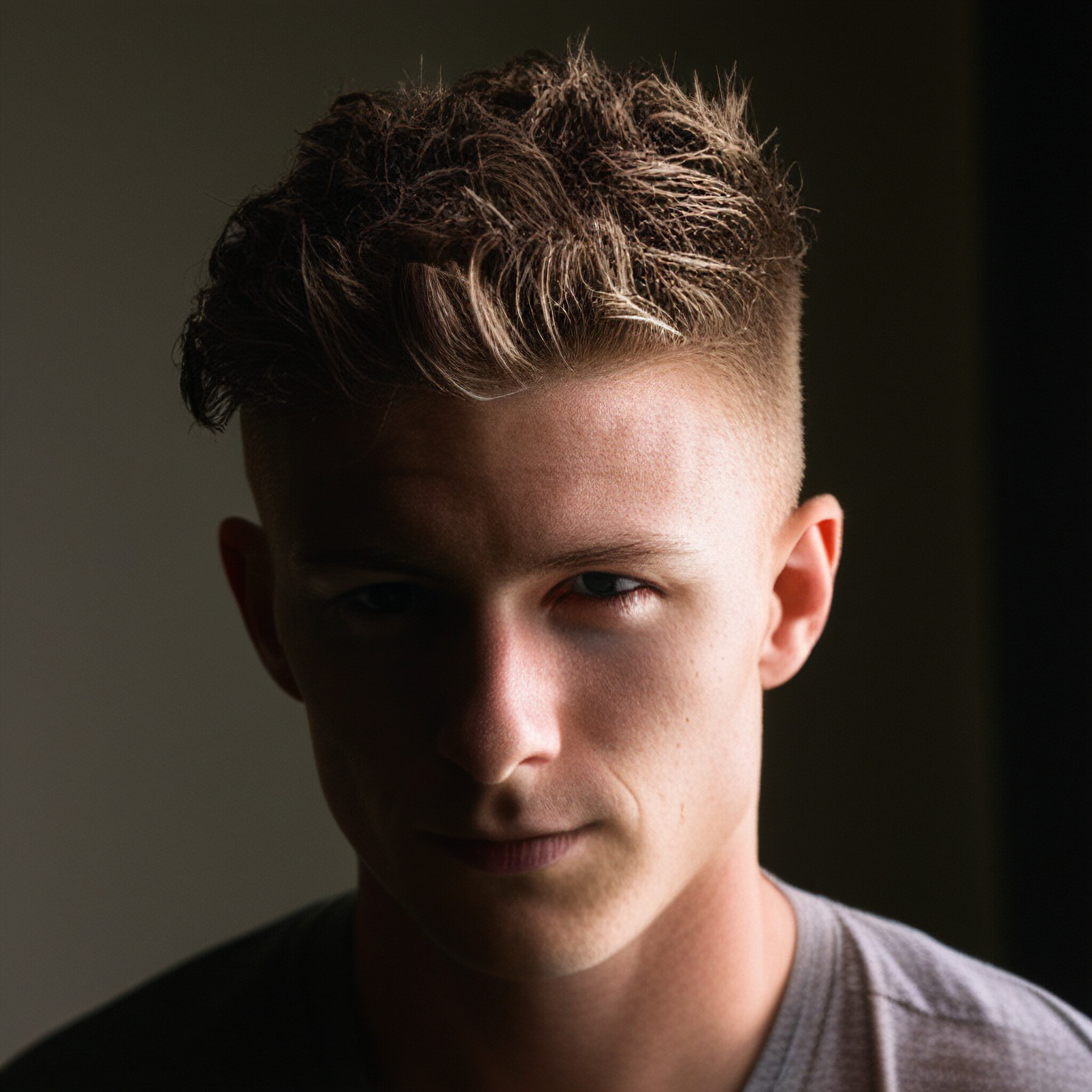The low fade is one of the most versatile and stylish haircuts for men, known for its sleek, clean look and ability to pair well with a variety of styles on top. However, like any precision cut, it requires some upkeep to keep it looking sharp. Maintaining a fresh low fade between barber visits doesn’t have to be a challenge—with the right grooming essentials, you can keep your fade crisp and clean for longer. Here’s everything you need to know to keep your low fade in top shape.
1. Invest in a Quality Trimmer
A good trimmer is your best friend when it comes to keeping the edges of your fade sharp. As your hair grows out, the clean lines around your hairline, sideburns, and neckline can start to blur. Trimming these areas regularly helps maintain that fresh-from-the-barbershop look.
What to look for: Opt for a trimmer with adjustable guard lengths so you can easily blend the fade and clean up the edges. Look for a lightweight, easy-to-handle model with multiple attachments for different areas of your head.
Pro tip: Use a handheld mirror to check the back of your head when trimming around the neckline and sideburns, ensuring symmetry and a smooth finish.
2. Use a Moisturizing Shampoo and Conditioner
Keeping your hair clean is a must, but over-washing can dry out both your scalp and the shorter sections of your fade. It’s essential to use the right products to prevent irritation and dryness, especially since the skin on the faded areas is often more exposed.
How often to wash: Aim to wash your hair 2-3 times a week. This helps remove product buildup and excess oil without stripping away natural moisture.
What to use: Choose a moisturizing shampoo and conditioner that hydrates your scalp and hair. If your scalp is prone to dryness, look for products with ingredients like tea tree oil, argan oil, or shea butter.
Pro tip: Rinse your hair with cool water to close the hair cuticles, leaving your fade smoother and less frizzy.
3. Regularly Exfoliate Your Scalp
With a low fade, the shaved sections of your hair can reveal more of your scalp, which can accumulate dead skin cells, dirt, and oil. Exfoliating your scalp helps prevent flakiness and keeps your skin healthy.
Why it’s important: Exfoliation removes buildup that regular shampooing might not catch, promoting healthy hair growth and preventing clogged follicles.
What to use: A gentle scalp scrub or exfoliating brush can help lift away dead skin. Use this once a week to keep your scalp clean without irritation.
Pro tip: Be gentle! The scalp is sensitive, especially on freshly faded areas. Use circular motions with light pressure to avoid any irritation.
4. Apply Lightweight Hair Oils or Leave-In Conditioners
After washing and exfoliating, it’s important to restore moisture to both your hair and scalp. Using a lightweight hair oil or leave-in conditioner will help hydrate your hair without weighing it down or making it look greasy.
Best products: Look for non-greasy formulas that won’t clog your pores, such as argan oil, jojoba oil, or aloe vera-infused leave-in conditioners.
How to apply: A small amount is all you need—just a couple of drops of oil or a dab of conditioner. Work it into the hair and scalp with your fingers to ensure even coverage.
Pro tip: If you have naturally oily hair, focus on the longer sections on top and avoid applying too much product near the roots or scalp.
5. Use the Right Styling Products for Your Hair Type
Your low fade will only look as good as the hair on top. Whether you’re going for a polished, sleek look or a textured, messy style, choosing the right styling products is key to keeping your hair looking its best.
For textured styles: If you want a more casual, voluminous look, use a matte clay or paste. These products add texture without making your hair look shiny or stiff.
For sleek styles: A pomade or gel with medium to strong hold is perfect for slicked-back or combed-over styles. These products give you a smooth, glossy finish that lasts all day.
Pro tip: Less is more. Start with a small amount of product and build up as needed. Using too much can weigh your hair down or leave it looking greasy.
6. Keep Your Fade Cool and Protected
Exposure to the sun can irritate the sensitive skin on the faded sections of your hair. Prolonged sun exposure can also cause dryness and even sunburn on your scalp, especially if your fade is very close to the skin.
What to do: Use a light sunscreen formulated for the scalp if you’re spending extended periods outside, or simply wear a hat to protect your head from UV rays.
Pro tip: If you’ve just had your fade touched up, avoid direct sunlight for a few days to let your skin recover.
7. Hydrate for Healthy Hair and Skin
Drinking enough water is essential for your overall hair and scalp health. Hydration affects everything from the texture of your hair to the condition of your skin, including the faded areas.
Why it matters: When your scalp is hydrated, it’s less likely to flake or become irritated, keeping your fade looking smooth and clean.
Pro tip: Aim for 8 cups of water a day to maintain healthy, hydrated skin and hair.
8. Maintain Your Fade with Regular Barber Visits
Even with the best at-home care, your fade will eventually grow out and lose its sharpness. To keep your low fade looking crisp and defined, it’s important to schedule regular touch-ups with your barber.
How often: Plan to visit your barber every 2-3 weeks, depending on how fast your hair grows. This ensures your fade remains clean and precise, and your barber can make any necessary adjustments to the style.
Pro tip: In between visits, you can ask for a quick “line-up” to sharpen the edges without needing a full haircut.
9. Clean Up Around the Neckline
The neckline is often one of the first areas to grow out, which can make even a fresh fade look messy. Regularly trimming the neckline between barber visits will keep your overall cut looking polished.
How to do it: Use a trimmer with a short guard length or no guard at all to clean up any stray hairs around the neck. You can ask a friend to help if you’re not confident doing it yourself.
Pro tip: Use a mirror to check for symmetry and ensure the neckline stays straight.
10. Know When to Switch Up Your Fade
As your hair grows and seasons change, you may want to switch up your low fade. For example, in warmer months, you might prefer a lower skin fade for a cleaner, cooler look. In colder months, you could opt for a fade with more length for added warmth and volume.
How to approach it: Don’t be afraid to talk to your barber about changing up your fade style based on the season or how your hair is growing. They can recommend the best fade for your face shape and lifestyle.
Pro tip: Bring in reference pictures or talk to your barber about new fade options that might suit you.
Conclusion
Maintaining a low fade takes a bit of effort, but with the right grooming essentials, you can keep your cut looking sharp and stylish between barber visits. From regular touch-ups to scalp care, each step is essential for keeping your fade fresh and your overall look polished. With these tips, your low fade will stay in top shape, ensuring you always look your best.
